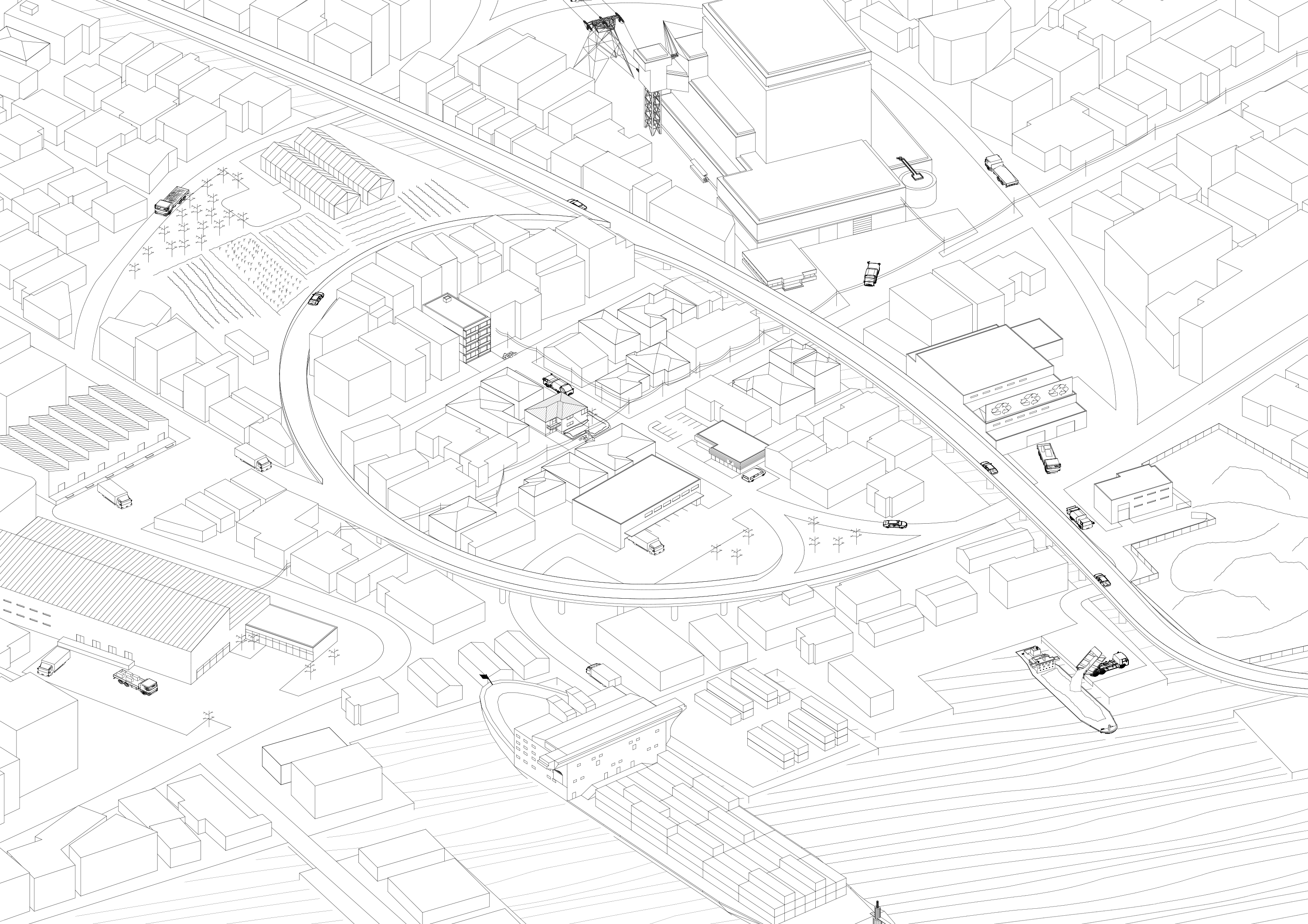While in the early Meji Period the disposal of waste was part of a spatially limited and circular network, linking agricultural fields with markets and houses, and from there, when not recycled, again to the fields, the economic and demographic growth of the post-war period, especially in Tokyo, saw the introduction of public waste collection, primarily disposed of in landfills. This unilinear processing from production to consumption began to be increasingly called into question, starting in the mid-1980’s with the introduction of a new recycling system involving an evermore refined rubbish separation for recyclable goods, the exploitation of mix-waste for energy in large power stations, and hazardous waste being exported and reprocessed overseas. The waste-management system has thus evolved into a large, complex, and sometimes invisible chain involving multiple actors. Waste is no longer perceived as either a purely homogenous and useful resource or solely as landfill material, but rather as consisting of different constituents with varying values and repurposing potentials.
Student: Zhao Ruilan
Genkan
The genkan serves as a physical and symbolic threshold of the house. Differing in its position, its geometry, its sunken level, sometimes also in its flooring material, from the other spaces of the house, it is nonetheless firmly situated inside the house. Similarly, it is in the genkan that the rites of passage from inside to outside, from private to public and vice-versa, are performed—where messages are transmitted, outdoor garments and shoes are taken off, strangers are welcomed or turned away. These rites are reflected in the changing behaviors of the visitors as well as of the residents performed at the genkan, where personal feelings in front of each other are hidden behind a required formalism, yet are correspondingly revealed once the doors have been closed.
